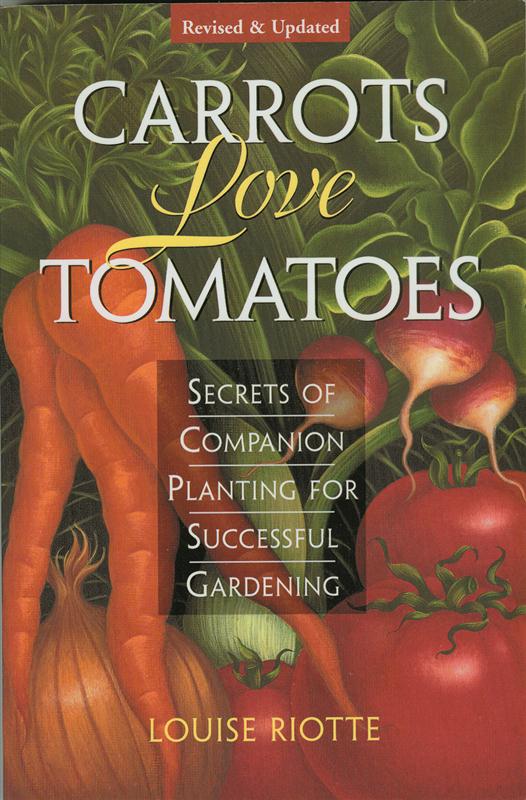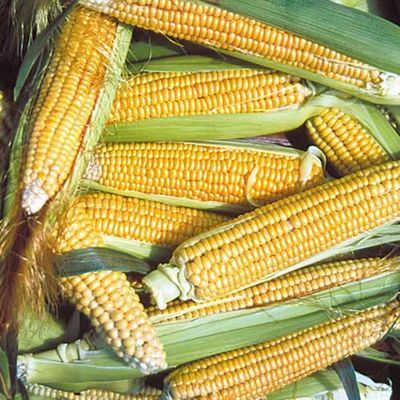
Gardeners are under the gun: the cold snap here and in the northeast, the terrifying storms in the Plains, and a drier-than-normal spring in the southeast means that many folks are looking at a garden reboot fairly late in the growing season.
If you’re replanting or adding purchased seedlings to your garden, now’s the perfect time to work in companion plantings. Already doing it? Think about different combinations than you already have. The bible for companion gardeners, Carrots Love Tomatoes, is a must when planning your garden layout. You’ll get maximum production following the guidelines there. Author Louise Riotte says careful companion planting can double your garden’s harvest production!
Three Sisters Garden
Subdivide your garden area and devote some space to the Three Sisters: corn or an edible variant of maize if you prefer; squash and beans. In one traditional planting mound, you can grow three crops that benefit each other. The corn acts as a support for beans, so you won’t have to stake the beans, and the squash’s leaves and vines help keep weeds down. Additionally, these three traditional crops add up to a balanced diet and enrich the soil in which they’re planted.

Timing is important. The corn must be planted first if you’re starting from seed. When the corn is four inches tall, add the beans around the corn mound, and plant the squash in between your bean and corn mounds. To get an idea of mound construction and planting patterns, take a look at layouts from Renee’s Garden or Preparing to Survive.
Our friends at Farmer’s Almanac note that by the time Europeans arrived to settle on America’s shores, Native Americans had been growing corn, beans and squash for over 300 years. The Sisters are always seen and referenced together in Native American tradition, and are always eaten together.
Corn provides necessary carbohydrates, beans provide protein and helps fix nitrogen in the soil, which corn needs to mature successfully. Squash and squash family plants, with bright colored flesh and edible seed kernels adds vitamins, minerals, fiber and seed oils.
Want to Know More About Sustainable Gardening?
Get the basics on sustainable gardening with a free PDF from the National Sustainable Agriculture Information Service.




























